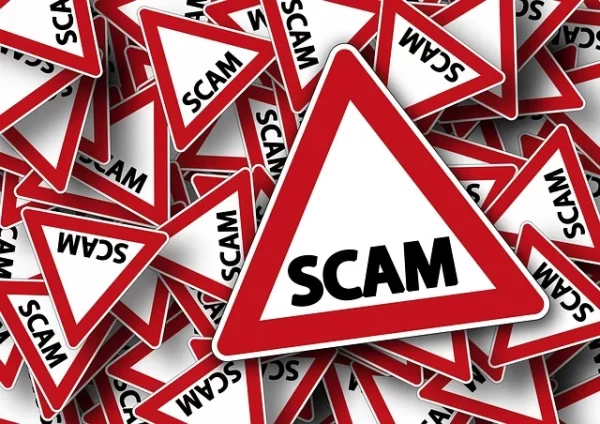In today’s digital age, scammers have found new and innovative ways to exploit unsuspecting individuals. One such method is the use of us9514961195221 – Scam fake text messages. These deceptive messages can lead to financial loss and personal information theft if not identified and avoided. In this comprehensive guide, we’ll dive deep into the world of us9514961195221 – Scam fake text messages, providing you with the knowledge and tools to protect yourself.
What Are us9514961195221 – Scam Fake Text Messages?
Understanding the enemy is the first step in defending yourself. Us9514961195221 – Scam fake text messages are deceptive messages sent by cybercriminals with the intent to deceive, steal, or defraud. These messages often pose as legitimate organizations or authorities, using persuasive language to manipulate the recipient.
Recognizing us9514961195221 – Scam Fake Text Messages
To avoid falling victim to these scams, it’s crucial to recognize the common characteristics of us9514961195221 – Scam fake text messages:
- Urgent Language: Scammers use urgency to pressure you into quick action.
- Too Good to Be True Offers: Offers that seem too generous are often red flags.
- Unsolicited Messages: Be cautious of messages from unknown senders.
- Suspicious Links: Avoid clicking on links without verifying their source.
- Grammatical Errors: Many scam messages contain spelling and grammar mistakes.
Protecting Yourself Against us9514961195221 – Scam Fake Text Messages
1. Verify the Sender
Always double-check the sender’s identity. If you receive a message from a bank or government agency, contact them directly through their official website or phone number to verify the message’s authenticity.
2. Avoid Clicking on Links
Never click on links within suspicious messages. Instead, go directly to the official website of the organization in question.
3. Don’t Share Personal Information
Legitimate organizations will never ask for sensitive information like your Social Security number or banking details via text message.
4. Use Reliable Security Software
Install reputable antivirus and antimalware software on your device to detect and prevent malicious messages and links.
5. Educate Yourself
Stay informed about the latest scams and tactics used by scammers. Awareness is your best defense.
FAQs about us9514961195221 – Scam Fake Text Messages
1. Are all unsolicited text messages scams?
Not necessarily, but you should always exercise caution with messages from unknown sources.
2. Can scammers use my response to target me?
Yes, responding to a scam message can confirm your number as active, making you a target for future scams.
3. What should I do if I suspect a message is a scam?
Delete the message immediately and report it to your mobile carrier or relevant authorities.
4. Are there specific apps to protect against scam messages?
Yes, several apps can help identify and block scam messages. Look for reputable options in your device’s app store.
5. Can I recover my money if I’ve fallen for a scam?
It can be challenging, but you should report the scam to your bank and local authorities. They may be able to assist in some cases.
6. How can I help others stay safe from these scams?
Educate your friends and family about the dangers of scam messages and share tips on how to recognize and avoid them.
Conclusion
Us9514961195221 – Scam fake text messages are a growing threat in today’s digital landscape, but armed with knowledge and vigilance, you can protect yourself and your loved ones. Always be cautious, verify the source, and never share sensitive information with unknown entities. By staying informed and following best practices, you can navigate the digital world safely.




